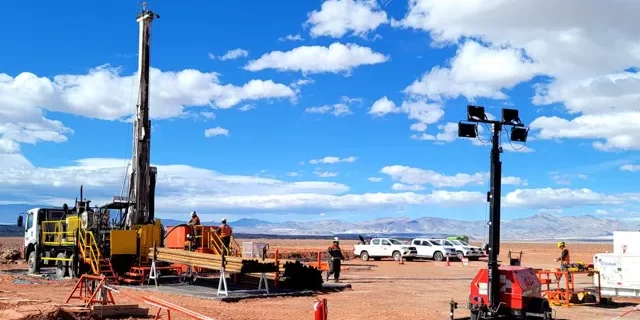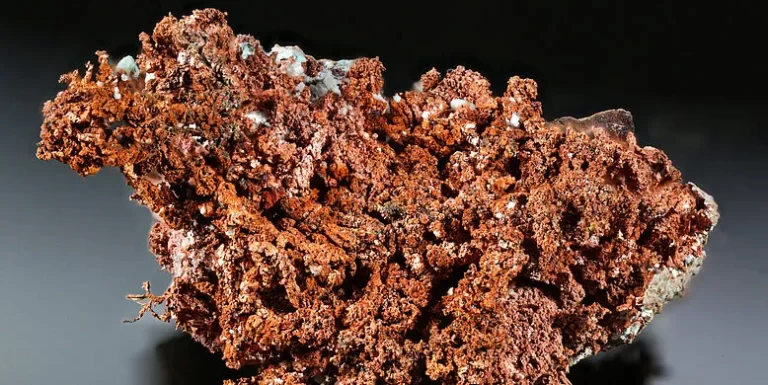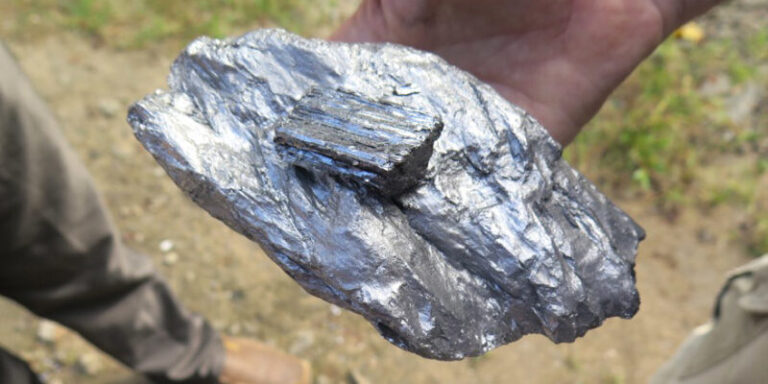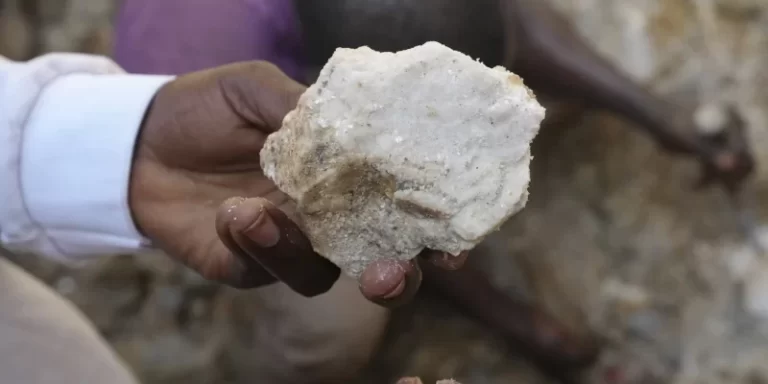
Lake Resources (ASX: LKE) continues to highlight the significant upside at its Kachi lithium brine project in Argentina with new deeper drilling results showing promise.
Early results from the new deeper program have already unveiled the potential for significantly larger horizontal and vertical extents to be uncovered within the lithium-bearing brine at Kachi.
The company is now examining the deeper potential of the resource beyond 400m below ground surface in its latest Kachi drilling campaign, which also includes additional step out holes.
‘Exciting’ deep return from first hole
Lake’s confidence in the potential to add to Kachi’s impressive resource numbers has already been boosted by results from the first hole in its plans to drill beyond 400m below ground surface.
Drillhole K23D40 was drilled to a total depth of 610 m below ground surface and confirmed that lithium-bearing brine continues between 400 m and 610 m below ground surface.
Michael Gabora, Lake’s director of geology and hydrogeology, said data from this drillhole will now be used to support planned resource updates and the design of hydrogeologic models being developed to simulate the extraction and injection wellfields as part of the project’s Phase 1 definitive feasibility study (DFS).
Much larger than expected
“The latest drilling intercept results indicate that this resource is much larger than initially anticipated as the known lithium brine extent continues to expand laterally and vertically,” Mr Gabora said.
“The K23D40 hole represents the first time Lake has drilled significantly beyond 400 m to over 600 m. Even more exciting is that average lithium grades in all brine samples collected between 400 and 600 m are above 209 mg/L (milligrams per litre), proving that the brine extends at depth to over 600 m at K23. This has big implications for what may be present in the central resource area at these depths.”
Lake chief executive officer David Dickson said the results from hole K23D40 have highlighted the potential to increase the extent of known brine in the vertical dimension at Kachi by as much as 30%
“These findings could have a major impact on the resource if it is also present at these depths in the remainder of the brine footprint. This work will contribute to further resource updates, which we expect to provide in September, in support of the completion of our Phase 1 DFS.”
Growing resource numbers
Lake has previously used shallow drilling programs to continually build on its Kachi Project mineral resource estimates since the maiden estimate of 4.4 million tonnes of contained battery grade lithium carbonate equivalent (LCE) in inferred and indicated categories was unveiled in November 20182.
Those numbers were significantly upgraded in January 2023 with a measured and indicated resource of 2.2 million tonnes of LCE and approximately 3.1 million tonnes of LCE of inferred mineral resources.
The total resource was again increased in June of 2023 when the company announced a mineral resource estimate of more than 2.9 million tonnes LCE in the measured and indicated categories and approximately 5.3 million tonnes of LCE in the inferred category for a total resource estimate of more than 8.1 million tonnes of LCE – again based on shallow drilling results.
Lake recently revealed that the lithium grade of the measured resource identified between zero and 400m below ground surface across the salar is 210 milligrams per litre lithium.
The indicated resource located immediately southeast is 174 milligrams per litre lithium, while the surrounding inferred resource identified at a depth of between zero and 400m below ground surface has a concentration of 199 milligrams per litre lithium.
Lake will now be assessing whether these grade levels are continuous at the deeper levels.







